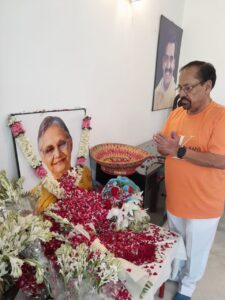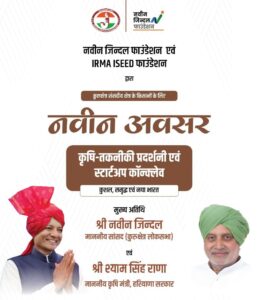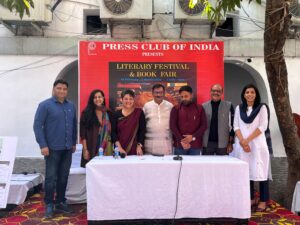From royal rituals to everyday digestives, the Bengali paan tells a richly spiced story of tradition, transformation, and taste—one that spans centuries and continents
2 May 2025, New Delhi
Paan, , the betel leaf preparation rooted in Indian tradition, holds a unique place in Bengali culture. Though its intense flavors can be unfamiliar to outsiders, paan has long been a part of social rituals, religious ceremonies, and post-meal customs across South Asia.
Historically, paan featured in royal courts and diplomatic exchanges. Moroccan traveler Ibn Battuta described its ceremonial use in the Delhi Sultanate. Marco Polo noted a similar practice in 1292 in southern India, where locals chewed a camphor-laced leaf mix called tambur.
In Bengal, paan is deeply symbolic. A bride traditionally covers her eyes with betel leaves before seeing her groom—an age-old ritual of union. In upper-class homes, paan preparation was a refined art. Ingredients like lime paste, cardamom, fennel seeds, and supari were stored in ornate paan daans. Each leaf was carefully rolled and sealed with a clove, served as a digestive after meals.
Also Read: Succession Storm at Tesla? Musk Slams ‘False’ WSJ Report as Stock Drops 3%
Today, paan is mostly sold at roadside stalls, but the tradition endures. The Portuguese introduced tobacco in the 16th century, which led to the now-condemned practice of spitting. The word “betel” likely stems from the Malay vetila, and Indian languages reflect this with terms like vettila (Malayalam) and taamboola (Kannada).
India and Bangladesh grow over 30 varieties of betel leaf, including Benarasi, Calcutta, and Magai. Despite modern changes, paan remains a symbol of Bengali hospitality, tradition, and identity.
Also Read: Anushka Sharma thanks fans for the birthday love; celebs and fans shower her with wishes






